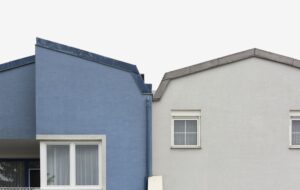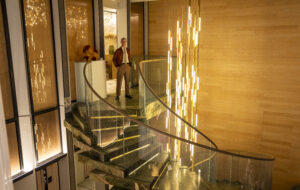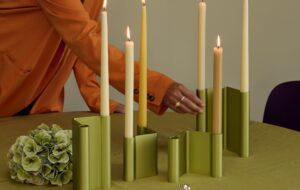|
|
||
|
Two milestones for OMA’s mammoth publishing output: a second Gulf survey and a tribute at the AA. Feel the length, says Edwin Heathcote Turning texts into buildings is a classic architect’s trope; down periods in the office are characterised by the production of theory. From Corbusier onwards the book has become, ironically, the principal medium for the transmission of architectural ideas. Buildings come second. Or perhaps third, after photography and drawing. And OMA (or rather their theoretical Dr Jekyll, AMO – or is it their Mr Hyde?) remain, after all the years, the vanguard. Delirious New York (1978) was such a magical piece of work that no-one has even attempted to equal it. A commission-free architect writing about an architecturally defunct city managed to produce a work which inspired new readings of the city, blending the urban surrealism of Madelon Vriesendorp with a searing series of interpretations of city as theme park (and theme park as city) and launching the skyscraper as the prototypical container of diversity, the vertical expression of programme. In suggesting that Coney Island was, as much as Manhattan, a crucible of post-modernism and invention, Rem made you sit up and take notice. S,M,L,XL in 1995 did it again, the first work of architectural theory to become a coffee table staple, the book fizzed with ideas, or rather crystallisations of what had become the everyday yet somehow remained invisible, brilliant coinages which have become indispensible, from Bigness to Junkspace. And on it goes, culminating in volume 2 of Al Manakh. The book presents an odd kind of continuity. As dry as Content was self-consciously whacky, Al Manakh Gulf Cont’d drops the gamer graphics, the cell-phone camera-shake and the relentless pop-intellectualism for a sober appearance and an aesthetic drawn from an international urbanism conference. Now that even the LSE has adopted AMO’s supergraphics, sobriety is back in. Wholly funded by the Abu Dhabi Planning Council, this is an investigation of the burst bubble of Gulf urbanity. It embraces everything from skateboarding in Riyadh to Reinier de Graaf’s prickly advice on how to become an urban consultant (“Invoice early and invoice often”). Despite its sponsorship, there is no ducking of issues; this is instead an intriguing continuation of AMO’s fascination with the potential of the Gulf as an urban laboratory, an admiration and an absolute refusal to patronise. But, to read, it is as dry as the desert road linking Dubai to Abu Dhabi and only remotely possible to digest in small bits. Chunkspace. The full journey from Coney Island to Palm Island is beautifully documented in a show at the AA, OMA Book Machine. At its heart is a table-length book binding together the collected works, 40,000 pages bound in a single, horizontal volume. Feel the length. Not accidentally is OMA’s publishing programme dubbed Volume. Around the edges are bits of books from Rem’s AA thesis to the 1997 competition entry to transform New York’s MoMA. The show is curated by Brett Steele and Zak Kyes, who does the AA’s own elegant graphics. The endless book of the centrepiece is apparently inspired by the Acquis Communitaire, the Kafkaesque 80,000 pages which define the numbingly complex laws of the European Union, a legacy from Koolhaas’ increasingly frustrating Brussels tenure as one of the EU’s under-used “wise men”. Like the EU’s greatest hits, nothing here is actually meant to be read in full and that is what makes it a little disconcerting. There are some engaging illustrations and it is wonderful to see the pasted-together scraps and vibrant graphics which form the basis of a body of work which is at least as influential as the buildings but exhibition frustrates engagement with text – and that is the discomfort at the heart of the show. It is typically contrarian and Rem-y that the central object in an exhibition about the power of the text should appear both fiendishly clever and utterly unreadable.
The monster collected works of OMA (image: Sue Barr) OMA Book Machine is at the Architectural Association, London, until 4 June 2010. |
Words Edwin Heathcote |
|
|
||

















